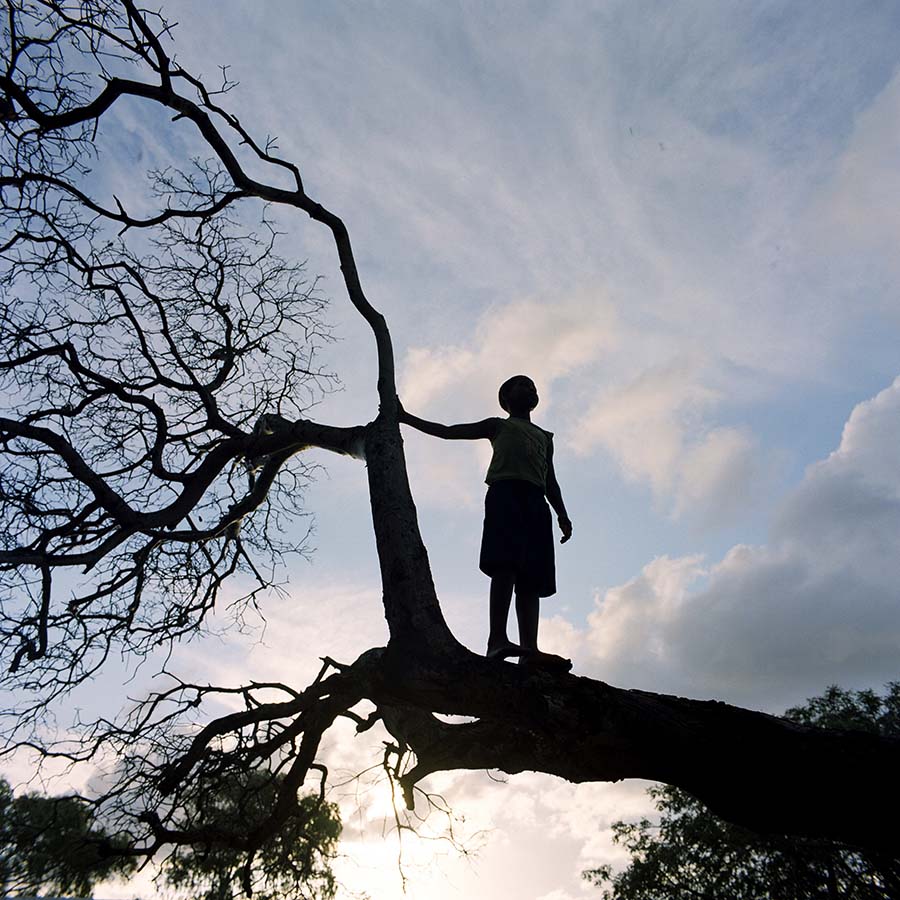benefit-sharing; climate change;

Share
Related Links
1. Overview of Insights for REDD+ Initiatives (Chandrasekharan Behr 2012)
2. Making Benefit Sharing Arrangements Work for Forest-Dependent Communities
3. Assessing Options for Effective Mechanisms to Share BenefitsV2
3a. Tool (English and Spanish)
4. Benefit Sharing in Practice (Chandrasekharan Behr et al 2012)
5. Making Benefit Sharing Arrangements Work for Forest-dependent Communities (28-page booklet 2012)
Benefit Sharing for REDD+: Questions countries are asking
Community Contracting for Forest Management
Keywords
Making Benefit Sharing Arrangements Work for Forest-Dependent Communities
CHALLENGE
Partnerships and benefit sharing arrangements between local and outside partners have gained prominence in recent years for several reasons. More forest areas are being designated for use by local communities and indigenous peoples. Private investors are interested in establishing and maintaining positive working relationships with local communities in order to gain access to natural resources, local skills and labor. And there is a growing recognition that the eventual success of afforestation and reforestation activities and programs to reduce greenhouse gas emissions from deforestation and forest degradation (REDD+), including sustainable forest management (SFM) and forest restoration, will rest in large part on the effective cooperation and support of forest-dependent people.
However the range of possible mechanisms by which benefits could be transferred is vast. Identifying who owns the rights to forest carbon is also a challenge: Is the carbon tied to property rights? Is it a global good? What happens when ownership of forest lands is contended or follows customary systems? The institutional and political dynamics on the ground can make it difficult to reach agreement on benefits to share. How can these be navigated?
APPROACH
PROFOR commissioned three studies to inform the design of benefit sharing arrangements in REDD+ initiatives. The first provides practical guidance on how to identify and work with beneficiaries when rights are unclear. The second clarifies how mechanisms that transfer benefits are structured and helps identify which mechanism type may be most suited for a country’s context. The third builds on a report titled Rethinking Forest Partnerships and Benefit Sharing: Insights on What Makes Collaborative Arrangements Work for Communities and Landowners and field work in Latin America and Africa -- it discusses how to set up agreements among parties and determine benefits.
Co-financing was provided by the Trust Fund for Environmentally & Socially Sustainable Development (TFESSD) made available by the governments of Finland and Norway, and the Bank-Netherlands Partnership Program (BNPP).
FINDINGS AND RESULTS
Evidence suggests that the establishment of a suitable benefit sharing mechanism is achievable, provided realities on the ground and a certain number of challenges are addressed effectively. The work produced an overview and three main reports available at left on this page:
- Overview of insights for REDD+ initiatives
- Identifying and working with beneficiaries when rights are unclear -- this section draws lessons on negotiations, contracts and implementation from partnership examples in Brazil, Ethiopia and Madagascar
- Assessing options for effective mechanisms to share benefits -- includes an interactive tool for countries to assess their needs
- Benefit sharing in practice -- with nine case studies from Nicaragua, Tanzania and Uganda.
- A 28-page booklet summarizing this work is available in English, French and Spanish.
PricewaterhouseCoopers (PwC) introduced its part of the work (focusing on assessing options for benefit sharing mechanisms) in Durban in December 2011 at the Forest Day 5 Issues Marketplace. The Forest Carbon Partnership Facility (FCPF) conducted training sessions on benefit sharing in June 2012 (see blog: "Questions countries are asking"). A Q&A with experts who participated in a panel discussion on benefit sharing at World Forest Week in September 2012 is also available on this page.
For stories and updates on related activities, follow us on twitter and facebook , or subscribe to our mailing list for regular updates.
Last Updated : 06-16-2024








